Tariff confusion reigns as Trump triggers biggest change to global trade in a century
Published in Political News
The wide-ranging new tariffs announced by President Donald Trump on Wednesday represent the biggest change to global trade in a century, prompting urgent questions about how the new taxes were calculated, how long they will last and what exactly the White House hopes to achieve with them.
Confusion over the details — and the fact that the rates Trump announced were much higher than most economists anticipated — has sent stocks tumbling and businesses and global leaders scrambling for clarity.
What are the tariffs?
Trump announced a baseline 10% tax on nearly all goods imported to the U.S. from every country in the world, undoing the decades-long era of mostly free global trade long supported by the United States.
Trump also vowed additional taxes on several dozen countries that sell more goods to the United States than they buy. He described the new measures as "reciprocal tariffs," and said they were payback for other countries that unfairly tax U.S. goods.
"They do it to us, and we do it to them," Trump said. "Very simple."
But many economists and investors quickly pointed out that the new rates appear to have nothing to do with foreign tariffs, and the White House later confirmed that was the case.
It released a document explaining that the administration used a calculation that took the U.S. trade deficit with individual trading partners, divided it by U.S. imports from that partner, and then divided the total in half.
"While these new tariff measures have been framed as 'reciprocal tariffs,' what you're really targeting are countries that have significant trade surpluses with the United States," said Mike O'Rourke, chief marketing strategist at Jones Trading.
The exact nature of the tariffs was kept a mystery until the last moment, with Trump meeting with economic advisors as late as Tuesday afternoon to finalize details.
Why is Trump doing this?
Trump described Wednesday as "Liberation Day," and said it will "forever be remembered as the day that American industry was reborn, the day America's destiny was reclaimed, and the day that we began to make America wealthy again."
He accused nations the world over — "friend and foe alike" — of having "looted, pillaged, raped and plundered" the United States. "Our country and its taxpayers have been ripped off for more than 50 years, but it is not going to happen anymore. It's not gonna happen," Trump said.
But there have been conflicting messages from the White House about what exactly the tariffs seek to do.
At times, Trump and his advisors have described the tariffs as a negotiating tactic to force nations to drop trade barriers to American products — or to comply with other U.S. policy demands.
Administration officials have suggested in recent days that Trump might be willing to lower or end some of the just-announced tariffs depending on negotiations with individual countries. Commerce Secretary Howard Lutnick said Thursday that Trump might cut tariffs on China by 20% if leaders there agree to do more to stop fentanyl trafficking.
At the same time, the Trump administration has promised that tariffs will help lure manufacturing back to the U.S. But to convince companies to move supply chains back to America, economists say tariffs would have to be sustained at high levels over a long period of time — not dropped.
Those seemingly incompatible goals are complicated by a third one: Trump has repeatedly said that he hopes the new tariffs will raise money for the U.S. Treasury.
Trump has pledged he'll use new revenue from tariffs to finance tax cuts, which analysts say would disproportionately benefit the wealthy.
What will the impact be?
In the near term, economists say tariffs will disrupt supply chains, shrink the global economy and increase costs for the average American family by thousands of dollars annually.
Prices for some products in U.S. stores, such as avocados, tomatoes and other produce from Mexico, may rise within a matter of days. Prices for other products — electronics, construction supplies and pharmaceuticals — may take a month or two to increase.
Some experts have questioned whether, in the long run, the U.S. can recoup the domestic manufacturing base that it gave up in favor of a globalized economy.
"It's not 1956. A small fraction of American workers work in manufacturing today, and manufacturing jobs are not, on average, better-paid than other working-class jobs," James Surowiecki, the former financial columnist for the New Yorker, wrote on X. "And even if companies open more factories here, those factories will be highly automated, and create relatively few jobs."
"Over the past three decades, we traded U.S. jobs and GDP growth for higher corporate profits and lower consumer prices," said O'Rourke, who added that it won't be easy "to unwind three decades of globalization."
While it's possible that sustained tariffs could eventually bring more jobs to the U.S., he said, "you're also going to see corporate profits squeezed, you're going to see higher consumer prices, higher inflation."
What happens next?
Trump has shown a proclivity for enacting tariffs — and then suddenly reversing course. That's what he did last month with tariffs against Canada and Mexico.
A fact sheet released by the White House this week said: "These tariffs will remain in effect until such a time as President Trump determines that the threat posed by the trade deficit and underlying nonreciprocal treatment is satisfied, resolved, or mitigated."
It said Trump may "increase the tariff if trading partners retaliate or decrease the tariffs if trading partners take significant steps to remedy nonreciprocal trade arrangements and align with the United States on economic and national security matters."
While it remains unclear how long the tariffs will last and whether they will achieve any of Trump's goals, the president's announcement on Wednesday clarified his willingness to enact punishing tariffs. And he seems prepared, O'Rourke said, to respond to any new tariffs from other countries with even bigger tariffs of his own.
"Anytime a nation threatens to retaliate, President Trump threatens a number three or four times the current number," O'Rourke said. "So he has a zero tolerance policy retaliation."
_____
©2025 Los Angeles Times. Visit latimes.com. Distributed by Tribune Content Agency, LLC.
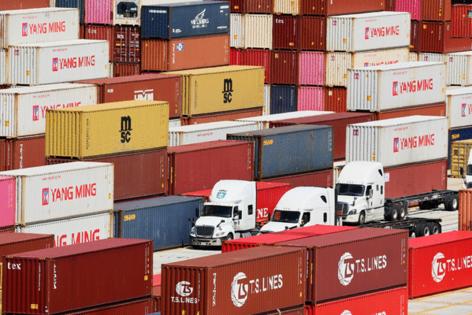


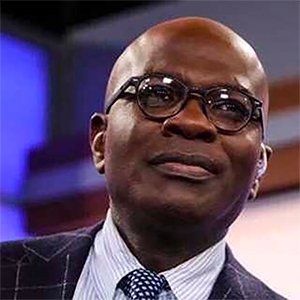



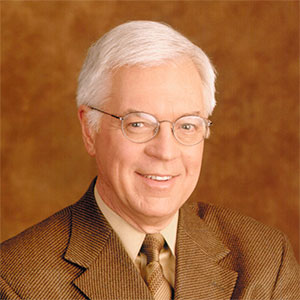

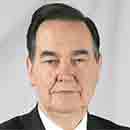

















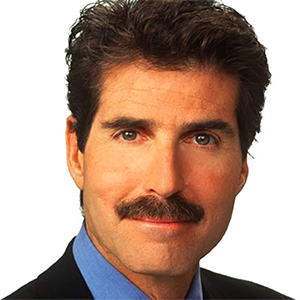

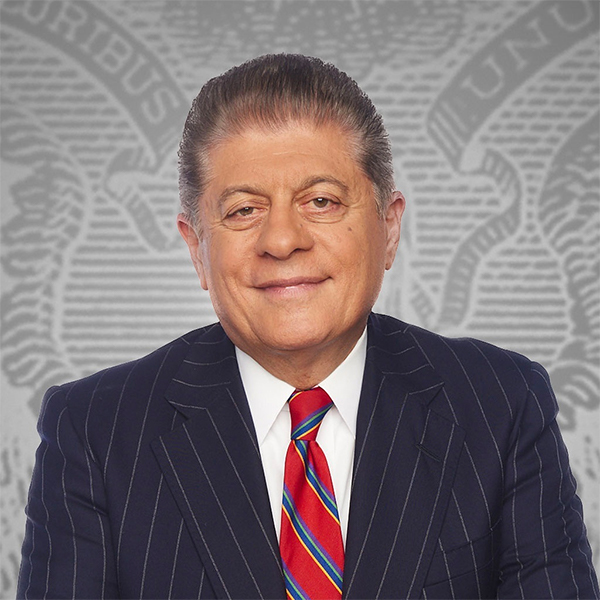



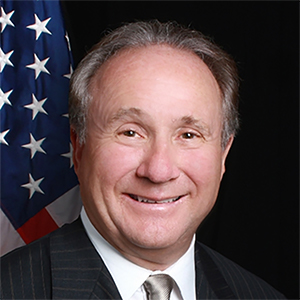

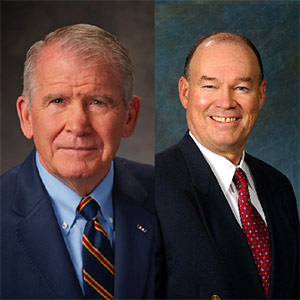




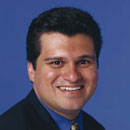












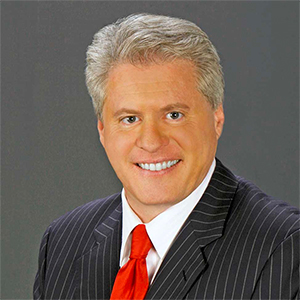
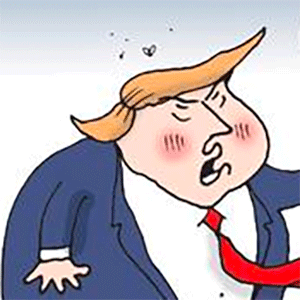

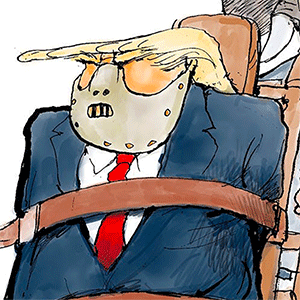



Comments